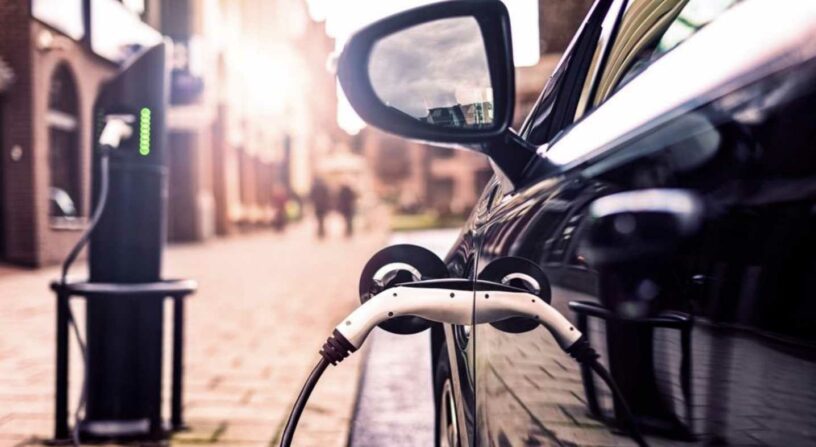This morning the British Standards Institution (BSI) has launched a new, open-access standard to help ensure electric vehicle charging points are accessible for all users*. The standard is co-sponsored by the UK Government and Motability, the national disability charity.
Reacting to the announcement, Edmund King, AA president said: “We are delighted that the Government is backing new EV charging accessibility standards. Alongside Motability, the AA has campaigned for electric vehicle charging posts to be more accessible for the one in five people with disabilities.
The call is supported by the vast majority of the 17,302 drivers who responded to an AA Yonder survey** last year:
73% say charge post spaces should be wheelchair friendly
79% say charge post design should consider users with limited mobility and/or physical disabilities
80% say there should be access to a 24/7 call helpline
“Currently almost one in ten new cars in the UK are bought on behalf of disabled people. The Motability Scheme, overseen by the Motability charity, has enabled millions of disabled people to lease a car and enjoy the freedom of mobility. With the ban on the sale of new petrol or diesel cars just eight years away it is essential that charging infrastructure is accessible for all drivers.
“We acknowledge the work of the Motability charity working in conjunction with fellow disability charity Designability, the British Standards Institution (BSI) and the Office for Zero Emission Vehicles (OZEV) to take this standard forward. These national standards will set a minimum level of accessibility for electric vehicle charging infrastructure.
“The AA has been raising the issue of accessibility and security at charging posts and polled members on it last year, but we are absolutely delighted that Motability has taken this several steps forward and the standard has been approved.
“In simple terms, charging posts need to be well-lit, close to amenities, with space around the vehicle to allow people to use walking or mobility aids. It is also essential that the instructions, screen, and cables can be easily viewed and used from a sitting and standing position.
“Our experience of testing EV chargers across the UK brought it home to us that some people with limited mobility would struggle with the height and weight of cables particularly in enclosed areas with little space.
“Creating new charging posts that are easily accessible will not only benefit disabled drivers but will be a great help to our ageing population and indeed all drivers.
“We are getting to the point where the uptake of EVs is moving quickly from early-adopters, who perhaps put up with more quirks in the system, to more mainstream drivers who will rightly want the infrastructure to meet their expectations.
“All individuals also need to be safe and feel safe, using the charging infrastructure at any time of the day or night. We know of some chargers in remote corners of carparks with little lighting or security for users who rightly feel vulnerable on their own and must use a credit card and phone in public view. Hence the network needs to be accessible and safe.
“We are aware that some providers have made excellent progress in designing high quality infrastructure and indeed the AA provides customer support services to several providers. More accessible infrastructure will help speed up the EV revolution for all drivers.”
*Article Source www.aa.com








